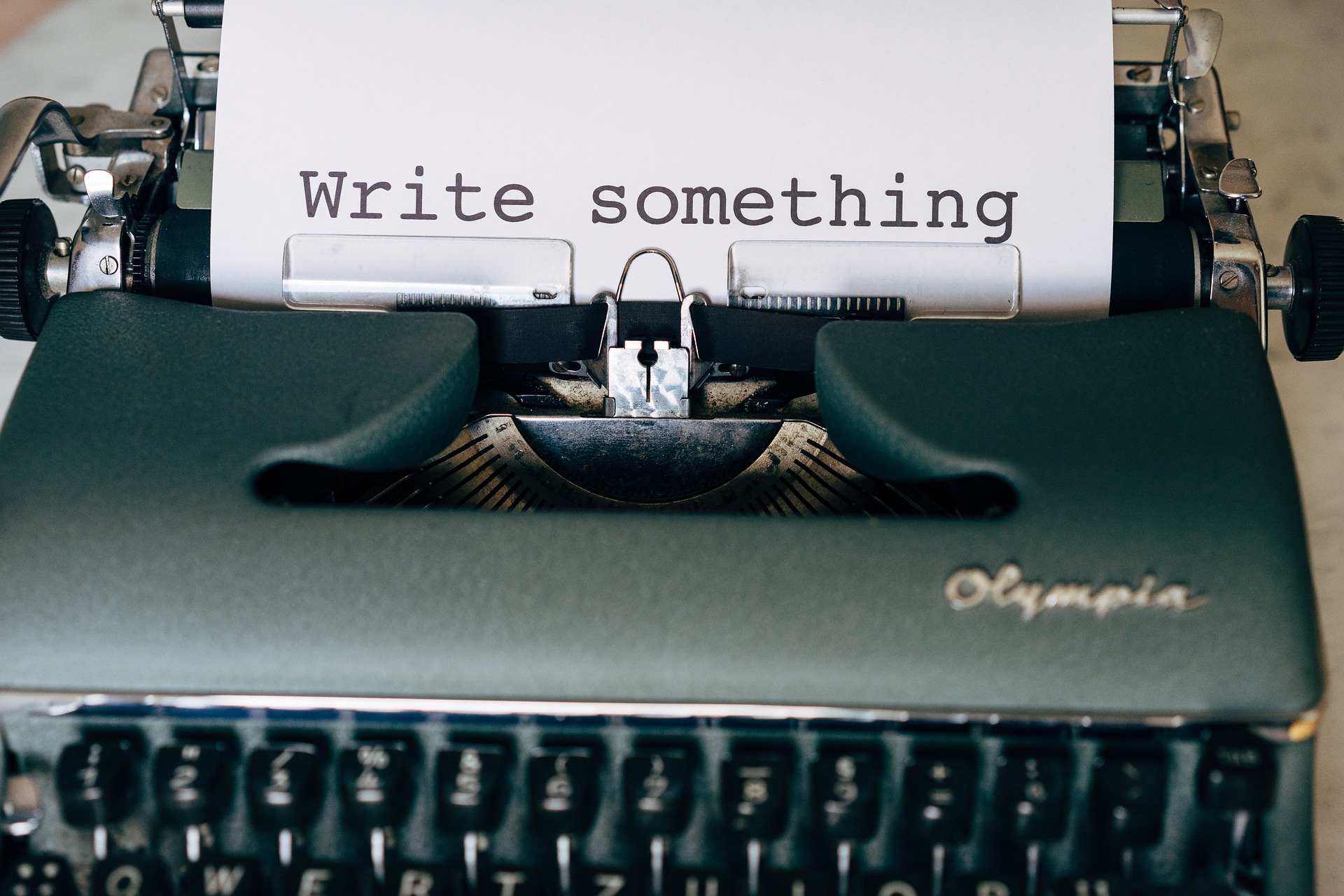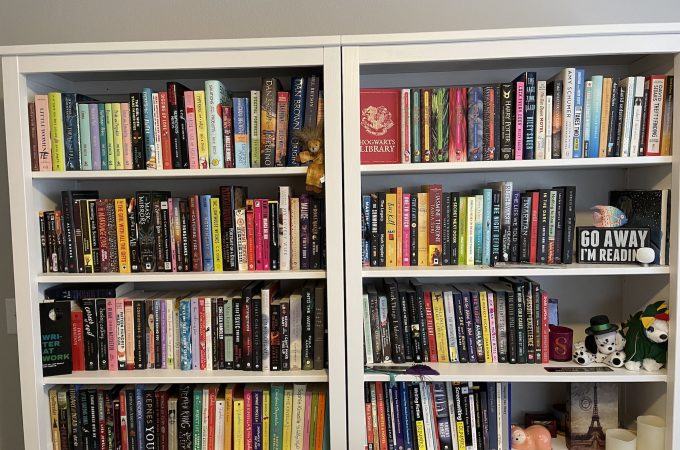
Writing hack: Plot backwards
NaNoWriMo is coming up and many writers are preparing to furiously type out 50,000 words in November. While NaNoWriMo can be tons of fun, especially if you’re a panster, it’s not always fun for plotters if time slips away from us and we find it’s November 1 and we have no outline.
I flip-flop as a writer myself where I go through periods of needing to just write by the seat of my pants and other times where I feel my story has no direction or structure so I sit down and start plotting and outlining it. But even then I get struck by writer’s block.
If you’re like me and struggle with outlining or plotting the whole thing, especially that blasted middle, there is one trick of the trade to help plot a story better by reverse engineering it.
Sometimes in order to move the story forward we have to go backwards.
Start with your ending
How do you want your story to end? Will your protagonist achieve their goal? Think of where your characters are going to end up and then we can start to figure out how they got there.
Milestones
Now that you know where your protagonist ends up, it’s time to address the key milestones that got them there. Let’s take Andy Weir’s The Martian as an example (spoilers ahead).
We know that Mark’s goal is to get off of Mars and back to Earth, in which he is successful. But now we have to map out why this was his goal. So, it’s logical that he’d have to be on Mars first, get stuck or left behind in some capacity, survive on Mars, figure out how to communicate with Earth or his crew, and do any preparations to be recovered. These key milestones are markers the story has to hit for the ending to make sense.
Identify conflicts
Now that you know the main markers, what kinds of conflict can be in Mark’s way? An obvious one is his need for oxygen, water, and food which could stop him from achieving his goal of getting off the planet alive. How can this particular conflict manifest itself in the first, second, and third acts? Another conflict could be his equipment not working so he cannot communicate. How can he take actions to continue trying to make it work or finding another solution?
Cause and effect
Now that you’ve got a brainstorm of your major plot markers and conflicts, it’s time to work your way backwards. Instead of writing in a linear fashion where you have a cause and then an effect, you’re starting with the effect and finding the cause.
For example, your protagonist is being hunted by a killer. The ending sees your protagonist survive the killer’s attempts and the killer ends up in police custody.
What happened before that? What made the protagonist face the killer? Were they kidnapped? Did they choose to find the killer? Did the killer hold a loved one hostage?
Let’s go with the killer holding a loved one hostage. Then we have to figure out how the protagonist knew this. Did they get a ransom note? A mysterious text? Were they at the scene when the person was kidnapped but weren’t brave enough to fight the killer?
Continue asking questions that can force the protagonist to make choices that get them to the ending and overcome the conflicts thrown in the way. By knowing the ending and working backwards, you know how to set up the scenes that come before as they have to happen for the rest of the ending to happen.
Have you tried plotting backwards? Does this method work for you? Sound off in the comments below!




